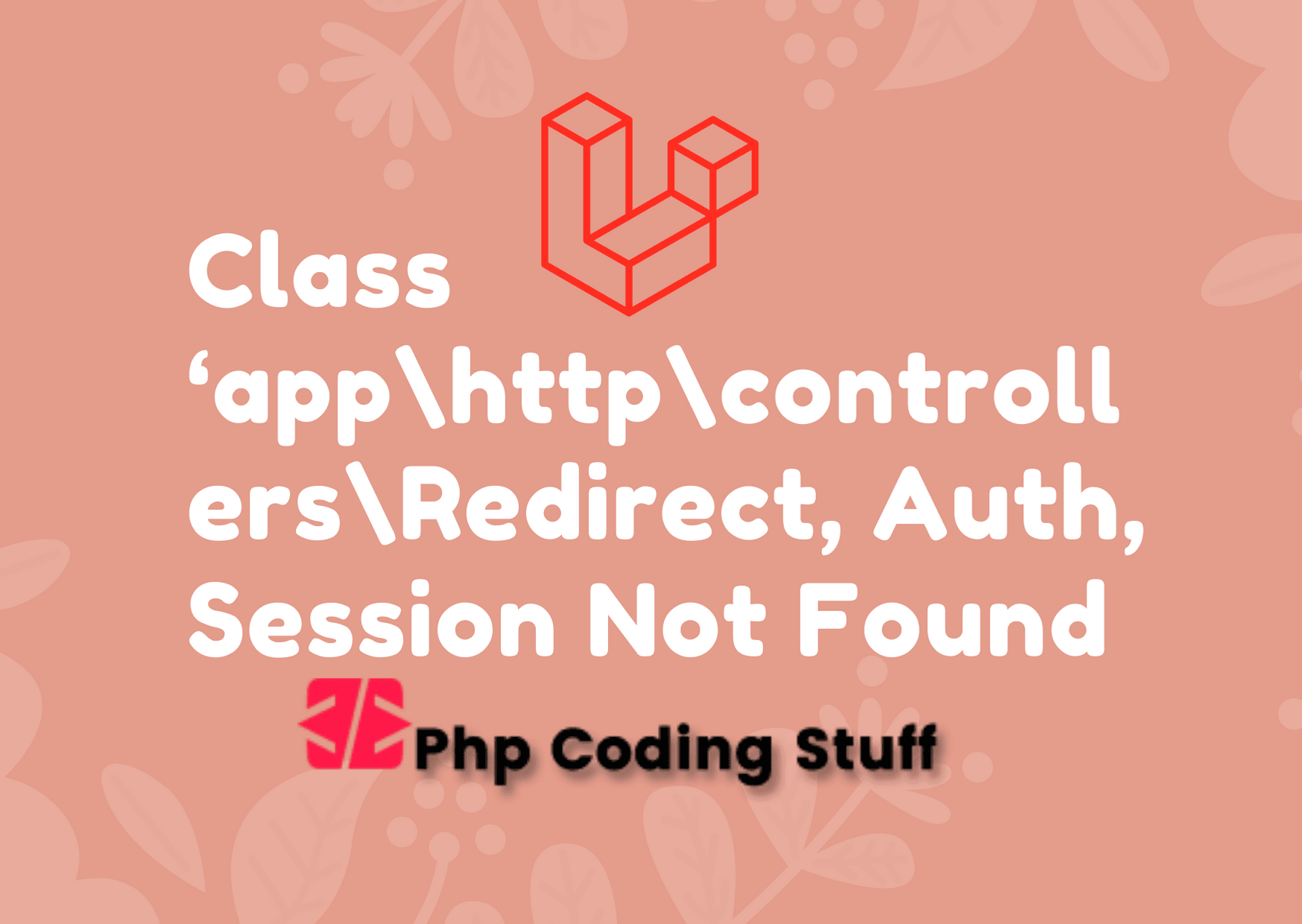How To Send Email In Codeigniter Using Smtp?
In this tutorial, we are learning how to send email in Codeigniter using SMTP.
Codeigniter 4 sending email is very easy because of the new functionality, Now the Codeigniter 4 available to download from the official website we learn unable to send email using PHP SMTP Codeigniter.
They have introduced the services classes to use the Codeigniter 4 services like email; you just call the services in Codeigniter by using the below code.
Create a mail id and their password using Cpanel, and set email and password here.

\Config\Services::serviceName(); // i.e \Config\Services::email();
In this tutorial, you learn how to use it you can send the email from your website/localhost to the user/client using Codeigniter 4, so before using the email library, you need to see the library setting in Codeigniter 4.
<?php
namespace Config;
use CodeIgniter\Config\BaseConfig;
class Email extends BaseConfig
{
/**
* @var string
*/
public $fromEmail;
/**
* @var string
*/
public $fromName;
/**
* @var string
*/
public $recipients;
/**
* The "user agent"
*
* @var string
*/
public $userAgent = 'CodeIgniter';
/**
* The mail sending protocol: mail, sendmail, smtp
*
* @var string
*/
public $protocol = 'smtp';
/**
* The server path to Sendmail.
*
* @var string
*/
public $mailPath = '/usr/sbin/sendmail';
/**
* SMTP Server Address
*
* @var string
*/
public $SMTPHost='mail.phpcodingstuff.com';
/**
* SMTP Username
*
* @var string
*/
public $SMTPUser = 'abc@phpcodingstuff.com';
/**
* SMTP Password
*
* @var string
*/
public $SMTPPass = 'YourPasswordHere$';
/**
* SMTP Port
*
* @var integer
*/
public $SMTPPort = 587;
/**
* SMTP Timeout (in seconds)
*
* @var integer
*/
public $SMTPTimeout = 15;
/**
* Enable persistent SMTP connections
*
* @var boolean
*/
public $SMTPKeepAlive = false;
/**
* SMTP Encryption. Either tls or ssl
*
* @var string
*/
public $SMTPCrypto = 'tls';
/**
* Enable word-wrap
*
* @var boolean
*/
public $wordWrap = true;
/**
* Character count to wrap at
*
* @var integer
*/
public $wrapChars = 76;
/**
* Type of mail, either 'text' or 'html'
*
* @var string
*/
public $mailType = 'html';
/**
* Character set (utf-8, iso-8859-1, etc.)
*
* @var string
*/
public $charset = 'UTF-8';
/**
* Whether to validate the email address
*
* @var boolean
*/
public $validate = false;
/**
* Email Priority. 1 = highest. 5 = lowest. 3 = normal
*
* @var integer
*/
public $priority = 3;
/**
* Newline character. (Use “\r\n” to comply with RFC 822)
*
* @var string
*/
public $CRLF = "\r\n";
/**
* Newline character. (Use “\r\n” to comply with RFC 822)
*
* @var string
*/
public $newline = "\r\n";
/**
* Enable BCC Batch Mode.
*
* @var boolean
*/
public $BCCBatchMode = false;
/**
* Number of emails in each BCC batch
*
* @var integer
*/
public $BCCBatchSize = 200;
/**
* Enable notify message from server
*
* @var boolean
*/
public $DSN = false;
}
public function yourMethod(){
$message = "Please activate the account ".anchor('user/activate/'.$data['u_link'],'Activate Now','');
$email = \Config\Services::email();
$email->setFrom('ci-4-project@phpcodingstuff.com', 'your Title Here');
$email->setTo($data['u_email']);
$email->setSubject('Your Subject here | phpcodingstuff.com');
$email->setMessage($message);//your message here
$email->setCC('another@emailHere');//CC
$email->setBCC('thirdEmail@emialHere');// and BCC
$filename = '/img/yourPhoto.jpg'; //you can use the App patch
$email->attach($filename);
$email->send();
$email->printDebugger(['headers']);
}
I hope it can help you...






Leave a Reply